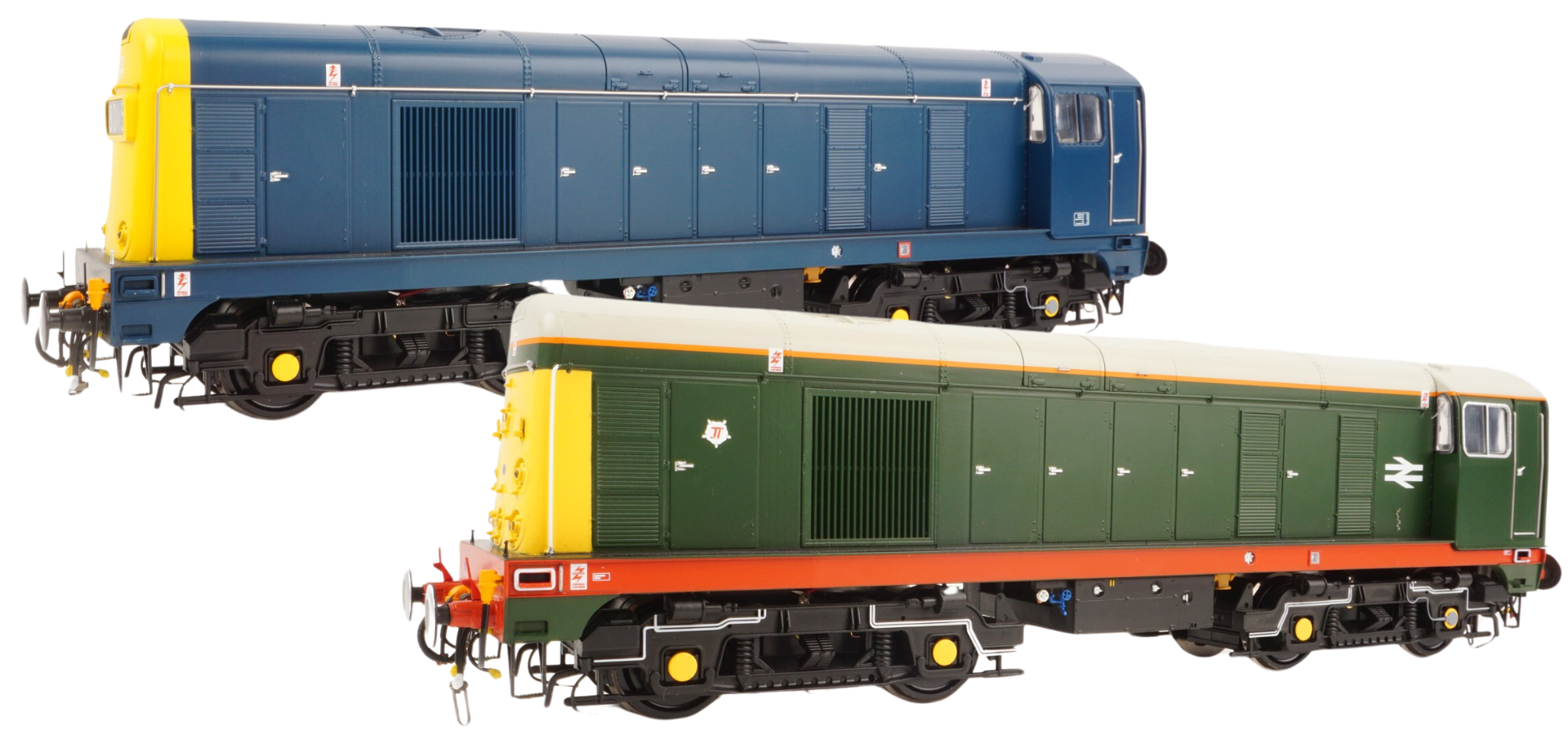That message was part of the 10-minute introduction to a Chesapeake and Ohio Lines promotional film released in 1935. The film was a travel log of a journey over the historic and scenic C&O route that began with views of their premier train, The George Washington, headed by a spotless class F-19 Pacific, preparing to depart the then-new Cincinnati Union Terminal on its eastward journey to Washington, DC. The introduction detailed the importance of the work the engineer performed before departure and on the railroad at speed. With a 1930s orchestra rendition of the tune Casey Jones providing the appropriate background music, the parting word reminded viewers (potential passengers) that as they enjoyed the smooth ride and comfort of the newly air-conditioned Pullman cars, to “remember the engineer.”
Romance of the man up front and legends of Casey Jones aside, just what did the engineer do in the cab? In the late 1920s, Reading Railroad engineer George D. Kohler penned a very insightful article about his work. That article referenced his typical Philadelphia to Pottsville, PA round trip of 200 miles (a short run by contemporary standards). Kohler stated that he had 11 principal valves to control, such as the main steam throttle, whistle, reverse, independent brake, etc., and that he performed that total list of operations 5,966 times on that journey. He went on to say that if those operations were figured as so many pounds per operation, it would amount to over 38 tons of weight that is handled through the muscular strength of the engineer. He further stated that while engaged in that work, he came in contact with 33 wayside signs, notices, warning signals, etc., that totaled 2,977. The trip also involved 23 station stops, shifting the train twice with the total of 5,966 lever operations and 2,977 signals and signs that governed and regulated the speed and safety of his train.
Engineers were considered pillars of “best practice” in their community as well. Beyond their profession, many engineers served local boys clubs, scouting organizations, and many took time on the road to stop and engage in conversations with youths or interested observers. No wonder so many people had the utmost respect for railroad engineers. The three images we share today capture the classic images that preserve that profession: The first is New York Central engineer Bob Butterfield in the cab of the 20th Century Limited in 1932. The next is a classic Southern Pacific promotion from the mid-1930s (Toy Train buffs note: that tinplate train in the foreground was one of several custom-made 2” gauge models produced by Voltamp Electric in Baltimore for the Southern Pacific display at the Panama-Pacific International Exposition in 1915; one surviving locomotive from that display sold for a record $105,000 in 2023.). The third view dates from the 1920s and was widely circulated by the PRR. (Note the fireman standing on the coal pile in the rear: that confirms the stubborn PRR practice of hand-firing steam locomotives long after other railroads installed mechanical stokers on larger steam locomotives.)
Today much of the manual and mechanical work of engineers in Kohler’s era has been replaced with new and challenging technology, constant oversight, and an unbelievable list of rules and regulations that new-age engineers have to master. So, while the job description has changed drastically, our respect for the engineer continues, stronger than ever. That moving history has prompted us to name the mid-tier in our rewards program for the Engineer. We hope you take time to review our website often and the list of items we add continually. Each purchase will better position you to achieve a rewards level ensuring additional savings later on. Along the way, “Remember the Engineer.”
Frank Wrabel
ModelTrainStuff.com
The post Remember the Engineer! first appeared on ModelTrainStuff Blog.
The post Remember the Engineer! appeared first on ModelTrainStuff Blog.

 Heljan O Class 20s Arriving this Summer
Heljan O Class 20s Arriving this Summer